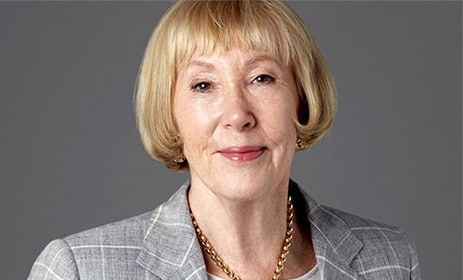Pyramid Communication, a brief introduction
My boss has the attention span of a gnat…how do I get her attention?
I’ve been told I need to communicate better…how do I do that?
I lose the meeting as soon as I start speaking – what am I doing wrong?
I think I am boring people on video calls…but don’t know how to be more interesting.
Pyramid communication – a technique that has been around since the 1980s – may help with all the above issues.
They are all problems we’ve heard from clients who have taken the first step to think about how they can communicate better…and then got in touch with us to help them.
The concerns presented in our Personal Impact Training sessions are diverse, but there are some quick tips that will help anyone communicate more effectively. Some we have mentioned before: slow down, use a pause, keep the language simple, use examples, etc.
[You might ask – who are we to be experts in this? Well aside from 20+ years coaching ambitious professionals at all levels of business, almost all my team were trained as broadcast journalists. And although you won’t find it in any job description, one of the basic rules of being on air is ‘you must be clear, and you can’t be boring’. So, we have all been trained. Trained by the BBC, by SkyTV, by ITN, in ways to communicate that are accurate, clear, and engaging.]
So while there are lots of elements we can bring in here, let’s concentrate on one quick win: Use pyramid communication.
What is that you might ask: simply put, it means to deliver the conclusion first and then explain. Not the other way round. In journalistic terms, this translates as ‘give them a headline’.
Pyramid communication was developed by Barbara Minto for the consultants McKinsey.

Barbara Minto, McKinsey Alumni Centre
Over the years Minto elaborated on the basic principles and added many layers, applying them mostly to writing. You can buy books or attend courses on how to apply this principle. I tend to use the simplest most basic principle only because I am usually dealing only with spoken communication.
This is how Minto explains this first basic principle.
“Controlling the sequence in which you present your ideas is the single most important act necessary to clear writing (and communication). The clearest sequence is always to give the summarizing idea before you give the individual ideas being summarized. I cannot emphasize this point too much.”
But how do you do that in a conversation or a business meeting?
First, rid yourself of the habit of thinking aloud. Don’t start talking while you work out the answer. Pause, consider, and then give a clear summary, action point, or answer.
I recently tried a very simple exercise with someone who wanted to learn this way of thinking and communicating. I asked her to tell me about her day so far. With her permission, I recorded the answer.
The first recording was over 4 minutes long. She started with the time she got up, some details about her children getting to school, a troubleshooting meeting on Zoom with a client in Moscow, and then a rather tedious meeting about how to deal with a long interview with a regulator, later in the week. Because she was thinking as she spoke, there were hesitations and false starts. When I played it back she was mortified! She commented without prompting: ‘It’s so boring… I get really irritated when my staff speak like this.’
We immediately did the same exercise again but this time I asked her to just give me the headline followed by a small amount of important detail.
This time she said ‘I saved the relationship with the Moscow client in 40 minutes and then had to prepare for a call with the regulator.’ The recording was less than 10 seconds long.
Curating information before you start speaking…and doing it in just a second or so is not difficult. It is more a way of thinking or a habit.
If you want to get ahead in business, learn to respond to questions using pyramid-style answers.
- Pause (and think)
- Give a headline (the tip of the pyramid)
- Give a small amount of detail
- Provide more detail in response to follow-up questions
For those of you who have been trained by us to use Message Houses – a Message House is a series of three pyramids, within one big pyramid. Each message has a headline – usually quotable – followed by carefully planned supporting evidence. This supporting evidence is layered so you can add to it or leave it out, depending on the interest of your audience or questioner. A simple but powerful idea that has stood the test of time.
If you want help to become a better communicator. Book a few short sessions with a Media Coach trainer. Email enquiries@themediacoach.co.uk or phone +44 (0)20 7099 2212.
- A Behind-the-Scenes TV Cheat… and Why It Works - November 26, 2025
- What Should I Do With My Hands? - November 19, 2025
- A Jar of Marbles and the Power of a Simple Story - November 12, 2025





Leave a Reply
Want to join the discussion?Feel free to contribute!